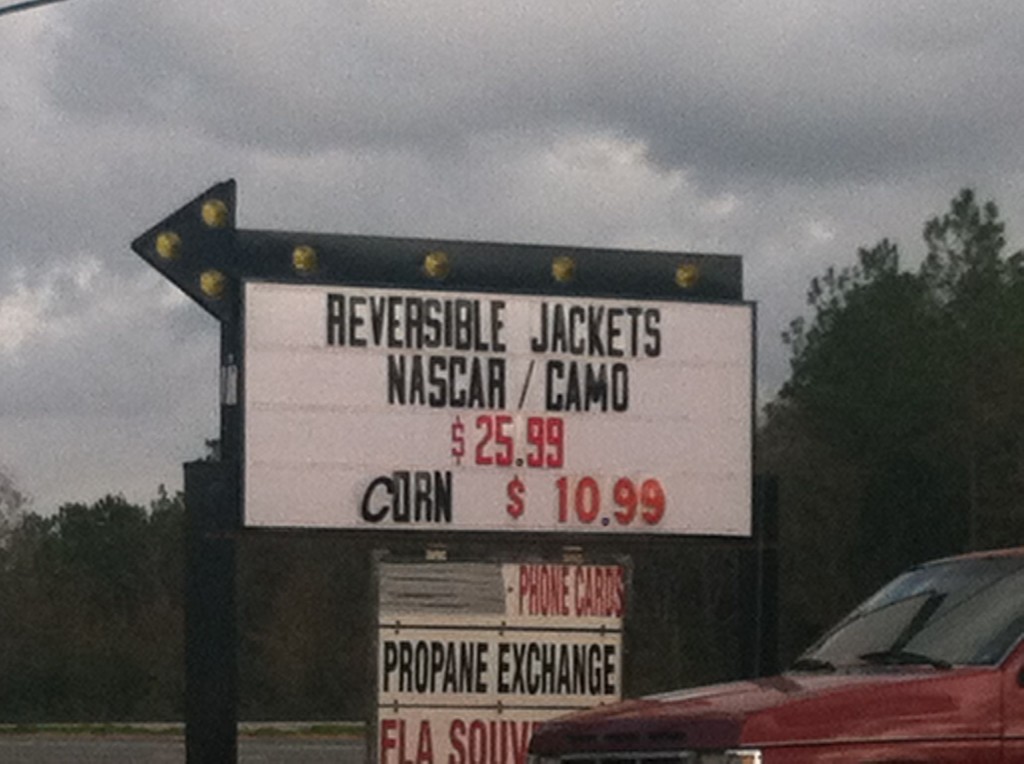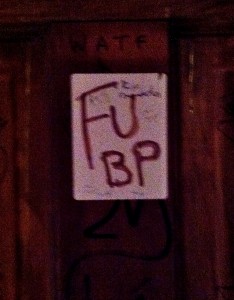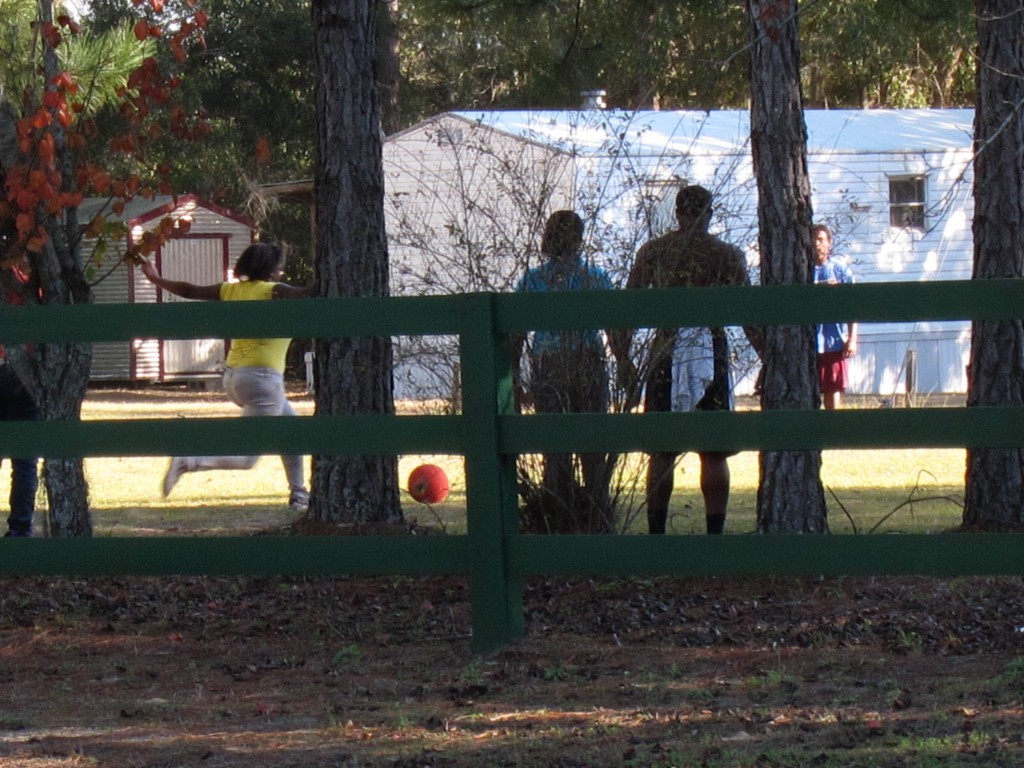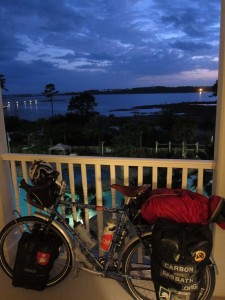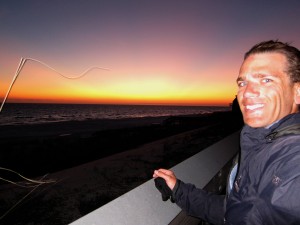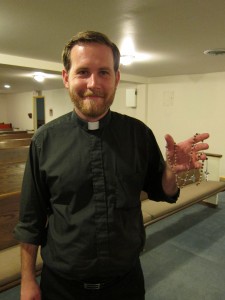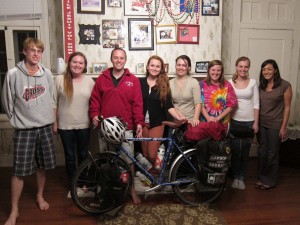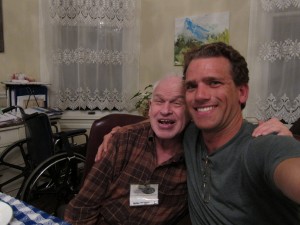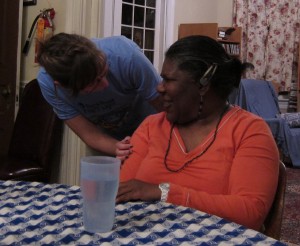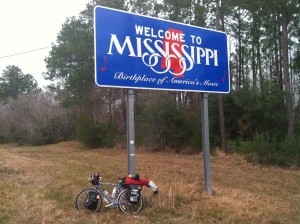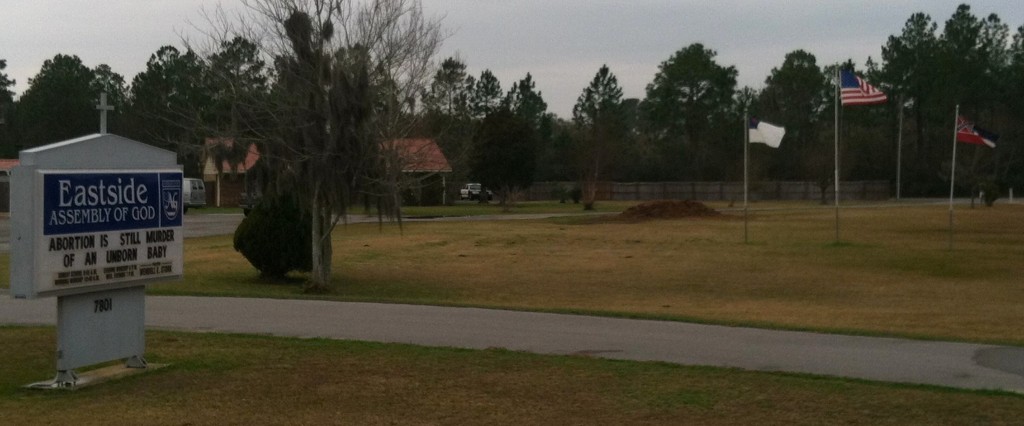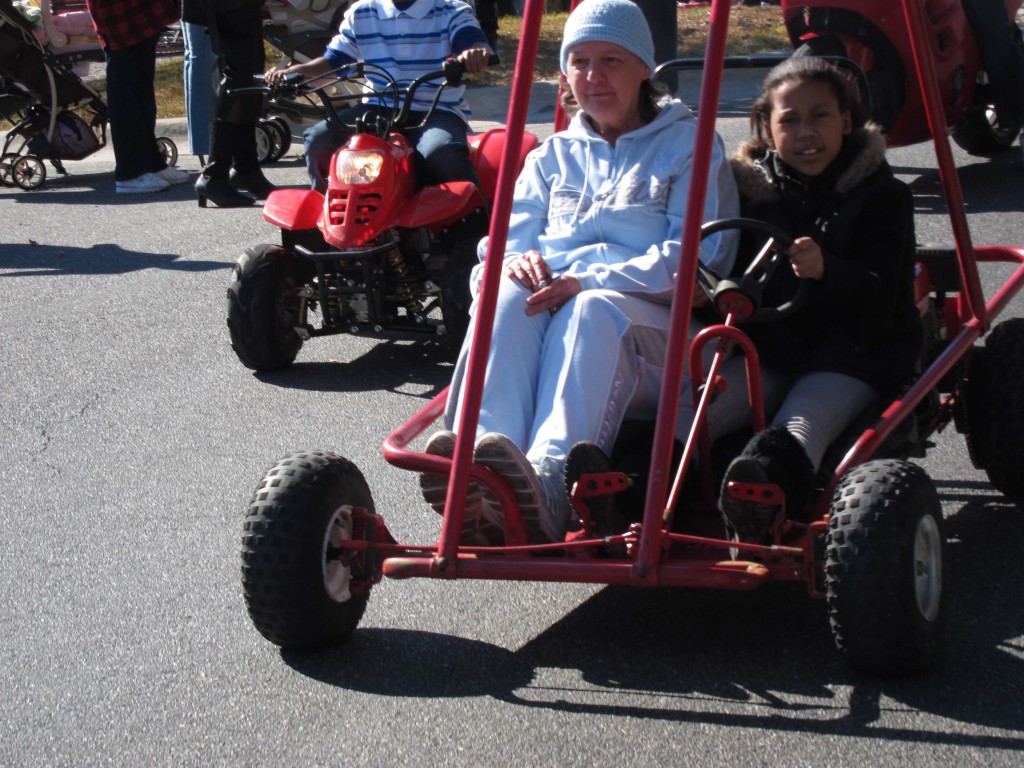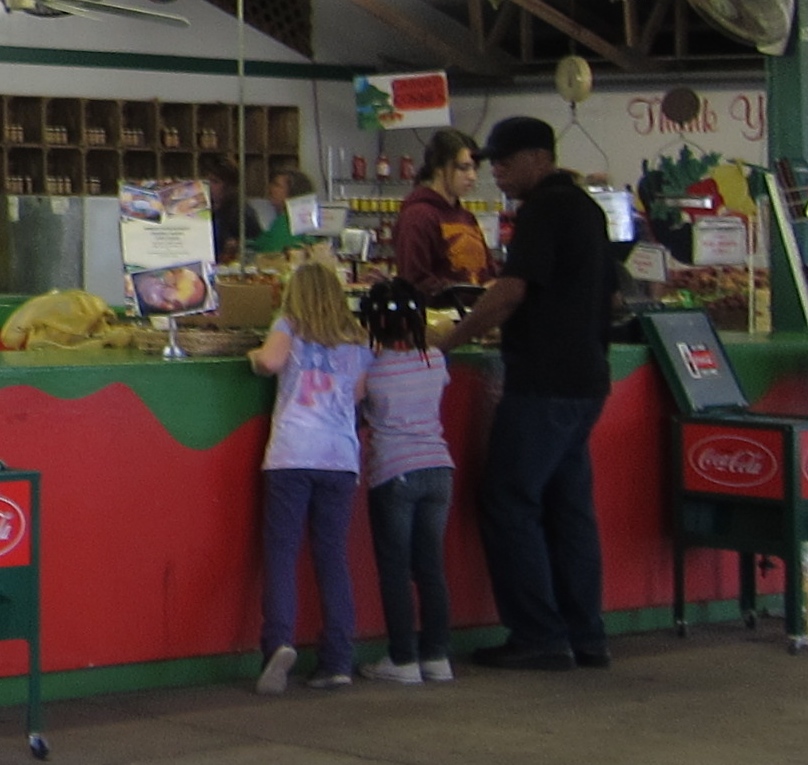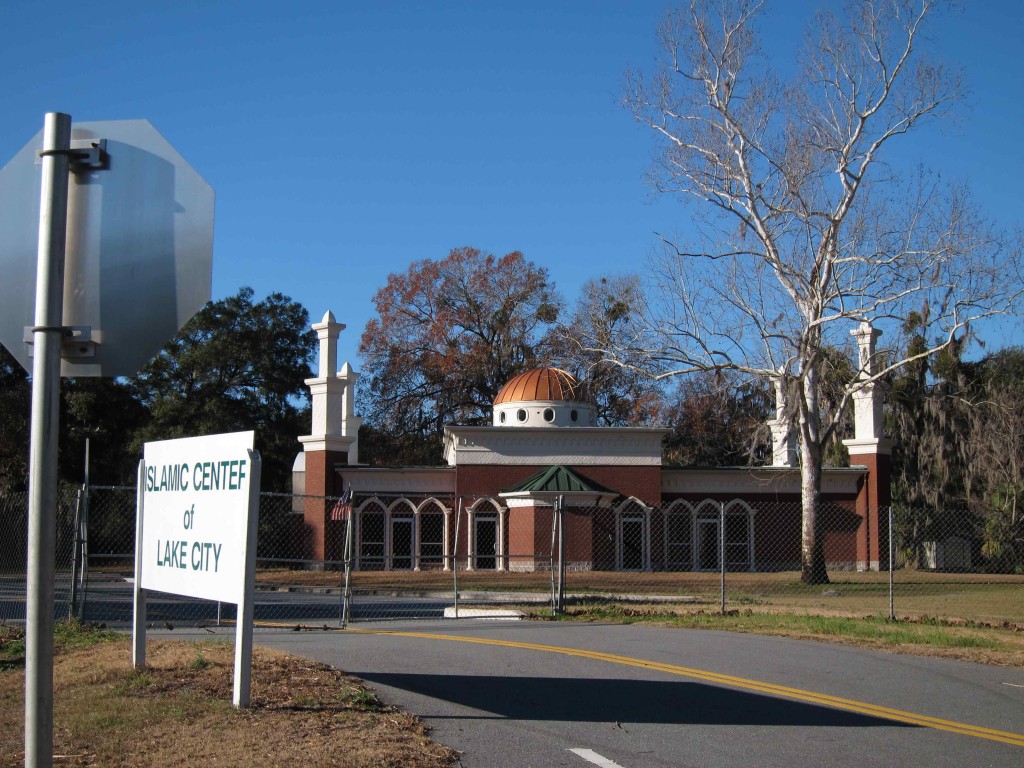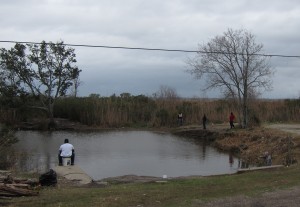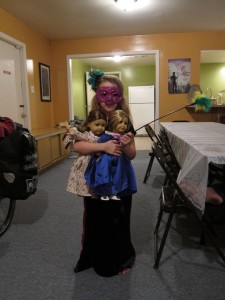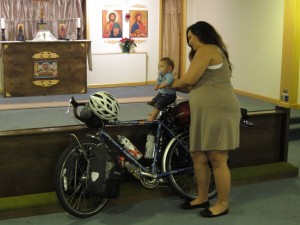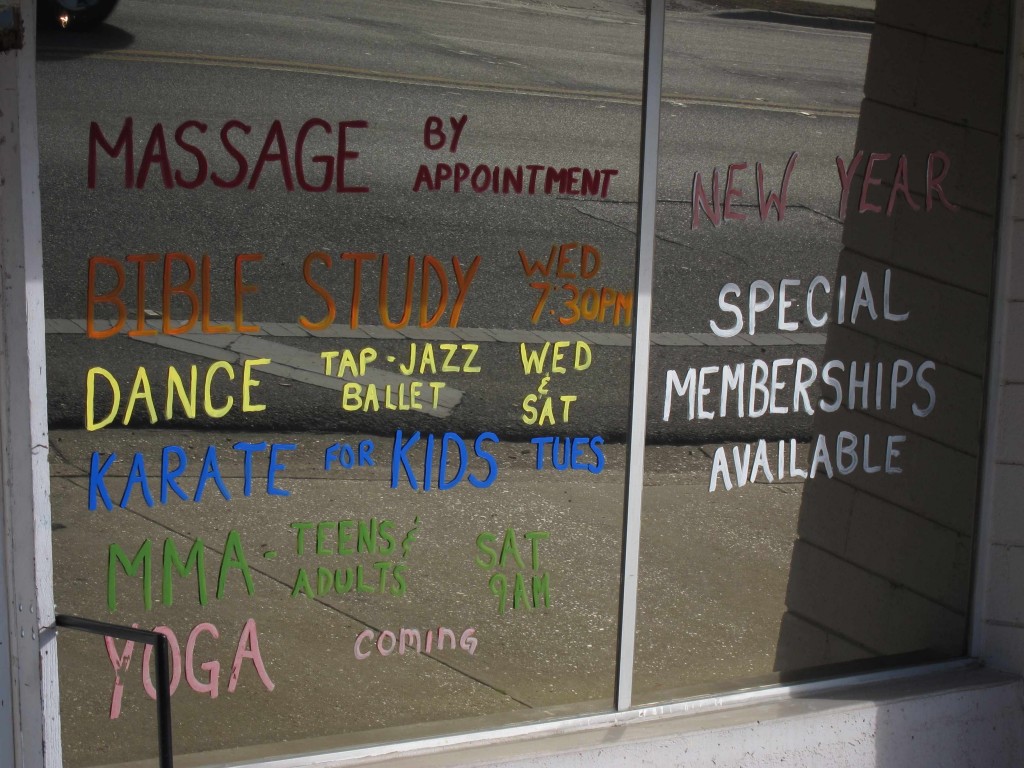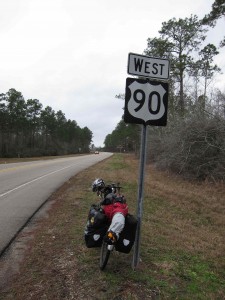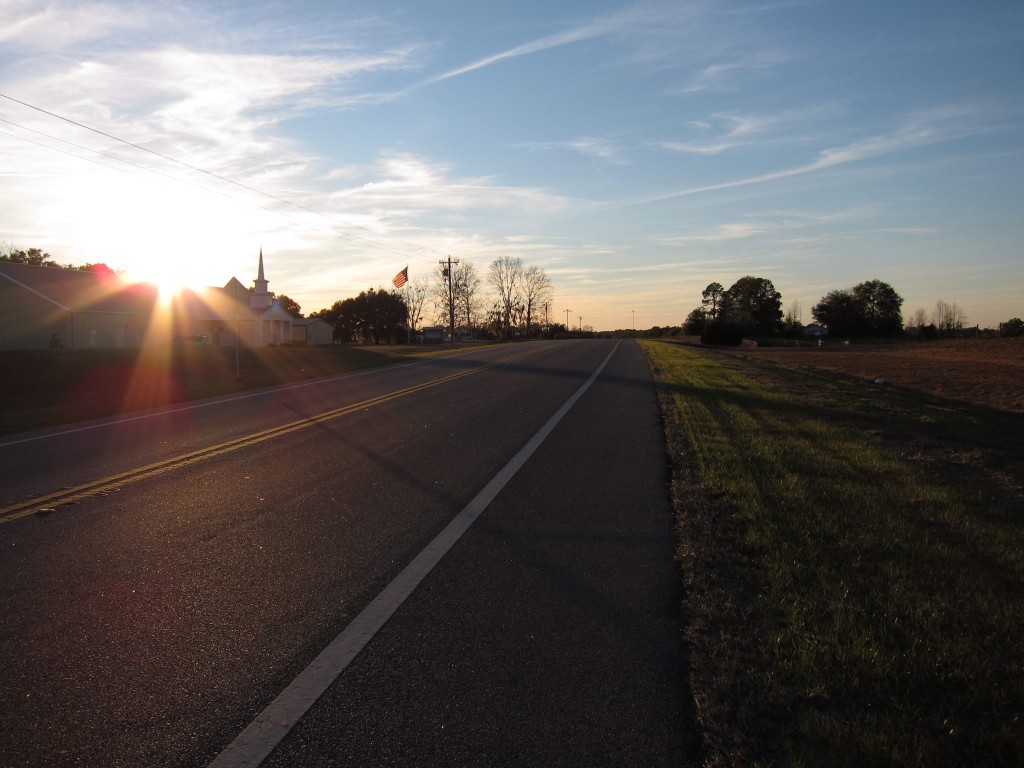31 Jan, 2012
White sand and warm air. Friendly faces and hushed strangers. It’s a fresh round of adventures for the Carbon Sabbath. The cast is diverse: Orthodox, Evangelical, Jesuit, and Baptist churches and a visit to a L’Arche community. A taste of food poisoning and sips of torrential rain. The twin specters of Katrina and Deep Water Horizon linger in the corners of every room. Hold on to your hats! We’re headed for the Gulf.
Few regions of the United States have faced hardship on par with the Gulf Coast. In 2005, Hurricane Katrina decimated structures, displaced families, and permanently changed the notion of natural disaster in this country. In 2010, just as the regional economy started to recover from the storm, the extensive spill from BP’s Deep Water Horizon dealt another heavy blow to the regional economy by hitting both the seafood industry and tourism. Uncertainty as to the health risks from the spill still affects consumer confidence in addition to seeping into the fragility still evident in the hearts and minds of the Gulf residents. If we are looking for a model of the suffering we can anticipate with climate change, we can find it here.
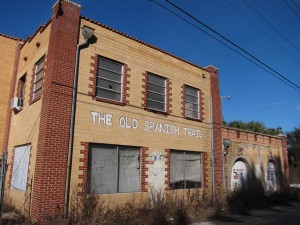 From Jacksonville, I set out along Highway 90. This road follows what is known as the Old Spanish Trail, which extends from St. Augustine to San Diego along portions of trade routes that were once separated by natural boundaries. After a few days of crossing the Florida panhandle, I was treated with a couple days of cycling along the sandy shore of the Gulf.
From Jacksonville, I set out along Highway 90. This road follows what is known as the Old Spanish Trail, which extends from St. Augustine to San Diego along portions of trade routes that were once separated by natural boundaries. After a few days of crossing the Florida panhandle, I was treated with a couple days of cycling along the sandy shore of the Gulf.

I passed through the surprising treat of Monticello, FL on MLK day and caught this parade. Nice folks chatted me up all over town. Thanks!
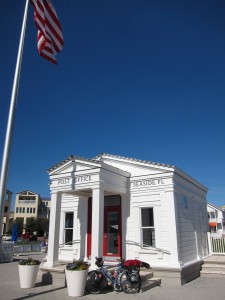
Seaside, Florida is where they shot the Truman Show. It has that eerie filmset feel where everything is just a little too orderly. I didn't complain on this warm day in mid-January.

Thanks to old college buddy David Demarest for housing this cycling wanderer in Panama City. Good to catch up, bud!
In Pensacola, I had the pleasure of meeting with my first Orthodox church of this trip. St. Benedict Orthodox church is a unique blend of Eastern liturgy with an active pursuit of social justice. Father Nathan Monk leads the community in both interests with equal passion. He and his wife Tashina live in a modest apartment in the church building—both of which they are renovating. They welcomed me wholeheartedly and prepared an evening of food and community discussion that rivaled some of the largest churches I’ve visited. In our discussion, it was readily apparent that the Orthodox perspective has a lot to offer other traditions in their responses to climate change. For anyone interested in Eastern perspectives on these and other issues, they suggest you check out Encountering the Mystery by the current Ecumenical Patriarch of Constantinople.
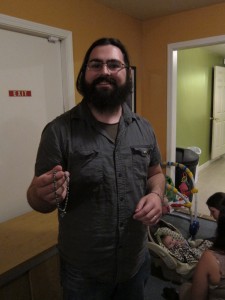
The St. Benedict crew made sure that I didn't leave without a little Orthodox bling. They make their own knotted rosaries, and they gave a few to me. Thanks!
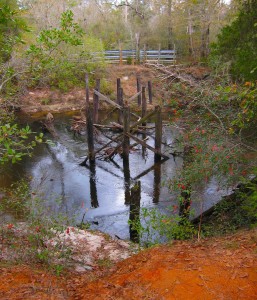

I walked and swam several rounds of items from bank to bank wearing nothing more than the rosary that the Orthodox crew gave me. Just as I was re-entering the water for my second crossing, a rifle went off nearby. I doubted deerhunters would appreciate the scene, so I picked up the pace a bit. After the stream, I had to cross a mucky swamp which left my clothes stinking. But I made it back to a major road and into Mobile right around dusk. First swim with the bike: check!

I passed by a cemetery in northern Mobile that was home to people brought over on the last slave ship that arrived in the United States. The history is sordid. The lore claims that the shipment was a bet involving a wealthy white trader who brought them over to prove that he could. Upon arrival, he apparently ran the ship aground to avoid prosecution and left the people to sort out their own lives. Although legends abound regarding that shipment, it was humbling to stop at the gravesides and consider the lives torn apart that ended in Africatown, Mobile, AL.
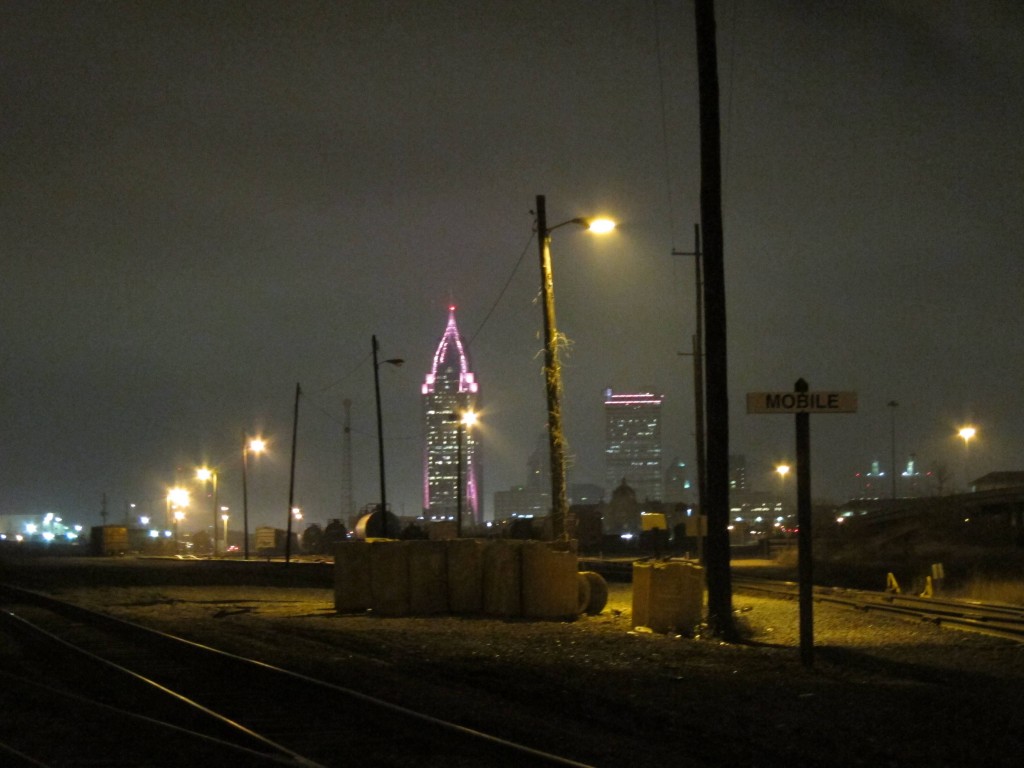
In yet another google maps mishap, I ended up entering Mobile through the trainyard. Welcome to Mobile!
From Pensacola, I continued west to Mobile, where I had the pleasure of visiting the local Jesuit Volunteer Corps house and a L’Arche community. From there, I worked my way to Gulfport, MS.

I met these bicycle polo enthusiasts in downtown Mobile. It's great how strange interests bond folks all over the country. Very friendly folks! They gave me some treatment for my leather seat and welcomed me into their crew.
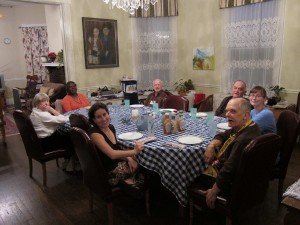
I had the pleasure of visiting a house in the Mobile L'Arche community! Thank you so much to Catie Norcott for making that happen! (If you are unfamiliar with L'Arche, see: http://www.larcheusa.org/who-we-are/communities/)

The night before I left Mobile, I contracted food poisoning. After a night of toilet gymnastics, I hopped on the bike to avoid writhing in pain. I spent my birthday cycling through torrential rain on my way to Mississippi. After a night of vomitting, anything is a pleasure!
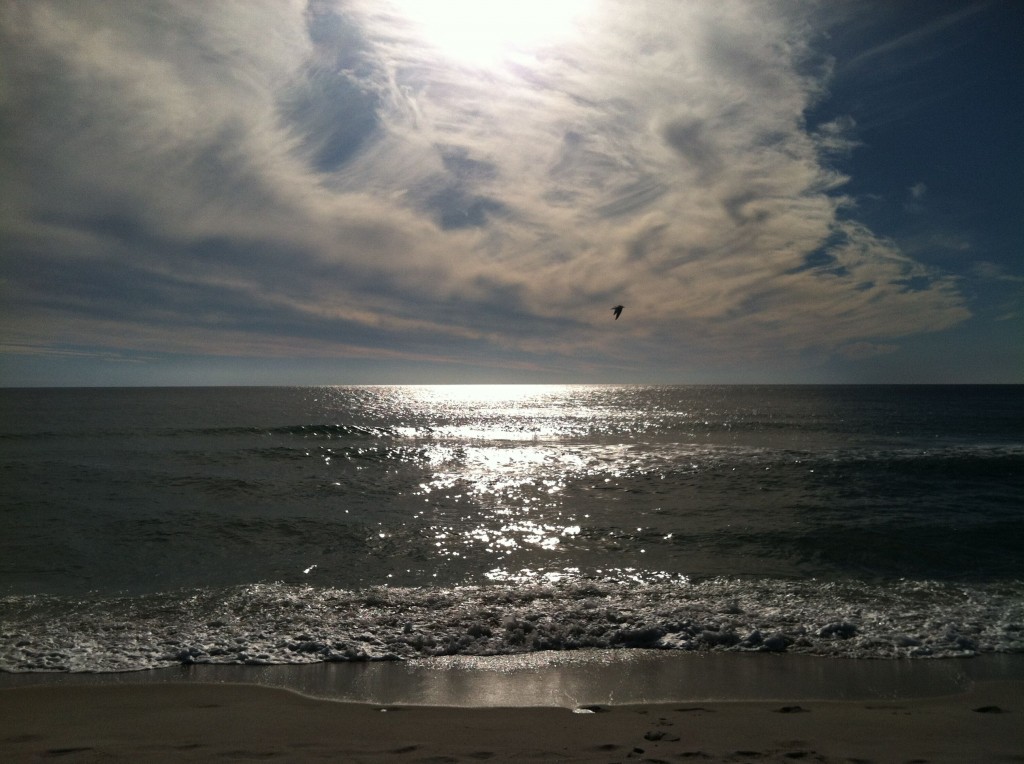 Throughout the Gulf Coast, I was struck by the natural beauty that abounds in spite of developed beachfronts. There is a stillness to the region that inspires a longing toward protection. However, the clear water and white sand beaches belie hidden dangers. In addition to the toxins still present in sea life following the oil spill, there are new and evolving dangers related to the changes to which we Americans are quietly contributing. As the sea level rises, the regional infrastructure will have to change. Beachside developments will struggle. Communities will have to restructure. With the warming of the waters and increased ferocity of storms, the years ahead do not look easy for our seaside South. Our neighbors along the Gulf will need our help more than we presently acknowledge. When will we help them?
Throughout the Gulf Coast, I was struck by the natural beauty that abounds in spite of developed beachfronts. There is a stillness to the region that inspires a longing toward protection. However, the clear water and white sand beaches belie hidden dangers. In addition to the toxins still present in sea life following the oil spill, there are new and evolving dangers related to the changes to which we Americans are quietly contributing. As the sea level rises, the regional infrastructure will have to change. Beachside developments will struggle. Communities will have to restructure. With the warming of the waters and increased ferocity of storms, the years ahead do not look easy for our seaside South. Our neighbors along the Gulf will need our help more than we presently acknowledge. When will we help them?
Until we meet again
More prepared to serve our neighbors
Than we thought possible





